Have you ever wondered which land animal is the fastest, second only to the cheetah? The answer might surprise you: it’s the Wyoming pronghorn, an icon of the North American wilderness. Not only famous for its incredible speed, the pronghorn also holds many interesting secrets about its survival, migration habits, and special connection to the land of Wyoming. This article will take you on a journey to discover this unique animal, from its superhuman speed to the secrets hidden behind its seemingly ordinary appearance.
Wyoming Pronghorn – Speed Athlete of the North American Prairie
The pronghorn (Antilocapra americana) is not just a wild animal, but also a masterpiece of nature, gifted with extraordinary speed. They are small-hoofed animals living on the vast prairies of North America, renowned for their ability to reach speeds of up to 97 km/h (60 mph). With this speed, the pronghorn naturally holds the runner-up position in the ranking of the fastest land animals, second only to the “professional athlete” cheetah.
Possessing a slender body, long legs, and well-developed muscles, the pronghorn is likened to the “marathon runners” of the natural world. Their stamina is as impressive as their top speed. Pronghorn can maintain high speeds over long distances, helping them easily escape dangerous predators and travel long distances to find food and water.
Even more impressively, the Wyoming pronghorn is known for its spectacular migrations. Some pronghorn populations in Wyoming undertake journeys of up to 483 km (300 miles) to find lush pastures and abundant seasonal food sources. This migration journey not only demonstrates the animal’s strength and resilience but also is a testament to their remarkable adaptability to harsh living environments.
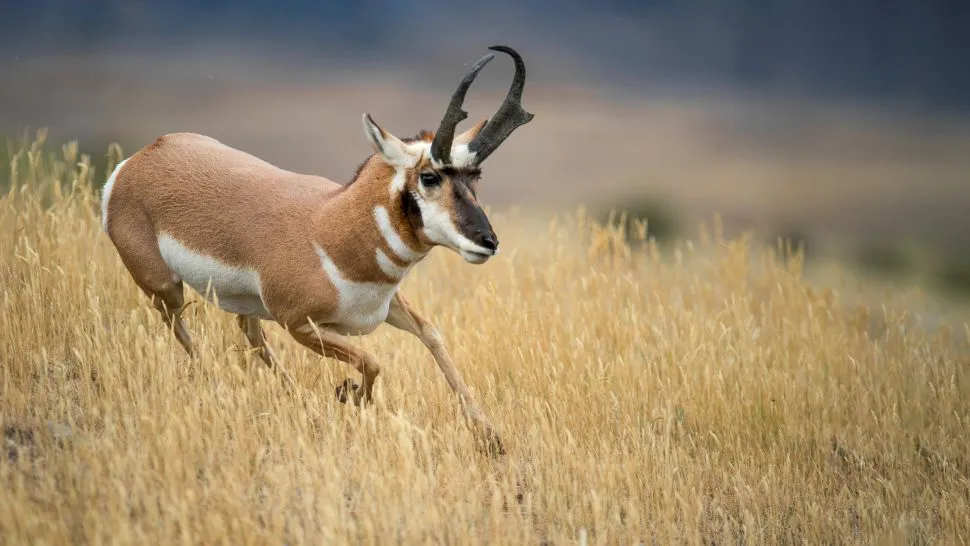
The Origin of the Pronghorn’s Superhuman Speed
The incredible speed of the pronghorn is not a coincidence but the result of millions of years of evolution. Scientists believe that the pronghorn’s ability to run fast is closely related to the existence of the extinct American cheetah, a formidable predator that once lived in the same area. To survive in a dangerous environment, pronghorn were forced to evolve to outrun the American cheetah, thereby increasing their chances of survival and perpetuating their species.
Today, the American cheetah is extinct, but superhuman speed remains an indispensable part of the pronghorn’s survival instinct. Although they no longer face the threat from the American cheetah, they still need speed to escape other predators such as coyotes, gray wolves, and bobcats.
Unique Habitat and Habits of the Pronghorn
Wyoming pronghorn typically inhabit the prairies, grasslands, and sagebrush deserts of western North America. They can be found in many states of the United States, including Wyoming, Montana, Colorado, and other areas. Wyoming is considered the “capital” of pronghorn, with the largest number of individuals and the healthiest populations.
Pronghorn are herbivores, and their main food sources are grasses, shrubs, and herbaceous plants. They have a specialized digestive system that helps maximize nutrient absorption from arid vegetation, allowing them to survive in harsh environments.
In terms of social behavior, pronghorn often live in herds, especially in winter. Herds can range from a few dozen to hundreds of individuals. Living in herds enhances their ability to detect and avoid predators. During the breeding season, males often compete for the right to mate with females, creating fierce and dramatic battles.
How to Learn More About Wyoming Pronghorn
If you want to explore and learn more about the Wyoming pronghorn, there are many ways to approach it:
- Study scientific literature and monographs: There are many scientific documents, monographs, and research articles on pronghorn. These are the most accurate and detailed sources of information about the biology, behavior, habitat, and conservation issues related to this animal. You can find these materials in online libraries, scientific websites, or reputable publishers.
- Watch wildlife documentaries and TV shows: Many television channels and documentary filmmakers have produced special programs about the wild animal world, including pronghorn. These vivid films will help you observe the life of pronghorn in their natural environment up close, thereby better understanding their behavior, habits, and beauty.
- Visit websites and organizations specializing in wildlife conservation: Wildlife conservation organizations such as the World Wildlife Fund (WWF), the National Wildlife Federation (NWF), and other local organizations often have websites that provide detailed information about pronghorn and related conservation programs. These are up-to-date and reliable sources of information about the conservation status and efforts to protect this animal.
- Travel to Wyoming and areas where pronghorn live: Nothing can replace the experience of directly observing pronghorn in their natural environment. Wyoming and other western North American states have many national parks, nature reserves, and wildlife parks that are ideal places to see pronghorn. Yellowstone National Park, Grand Teton National Park, and the National Pronghorn Refuge are famous destinations where you have the opportunity to admire the wild beauty of pronghorn and other wildlife.
- Participate in ecotours and wildlife watching activities: Many tour companies and local organizations offer ecotours and wildlife watching activities focused on learning about pronghorn and other wildlife. By participating in these tours, you will be guided by experts, have the opportunity to get closer to pronghorn, and learn more interesting facts about them.
Explore More About the World of Speed Animals
Besides the pronghorn, the animal world holds countless wonders of speed. Here are a few examples of other incredible “athletes” in the natural world:
1. Ostrich: Speed of 70 km/h (43 mph)
The ostrich (Struthio camelus) is not only the largest bird on the planet but also the fastest runner on land among birds. With long and powerful legs, ostriches can reach speeds of up to 70 km/h (43 mph) over short distances. The ability to run fast helps ostriches easily escape danger from predators like lions. Ostriches are mainly distributed in the plains and semi-arid woodlands of Africa.

2. Cheetah: Speed of 112 km/h (70 mph)
The cheetah (Acinonyx jubatus) deserves to be called the “lightning bolt” of the land animal world. They are the fastest land animals on Earth, with the ability to reach top speeds of 96 to 112 km/h (60 to 70 mph). Cheetahs use their superhuman speed to hunt fast prey such as antelopes. This big cat mainly lives in Africa and a small number in Iran.
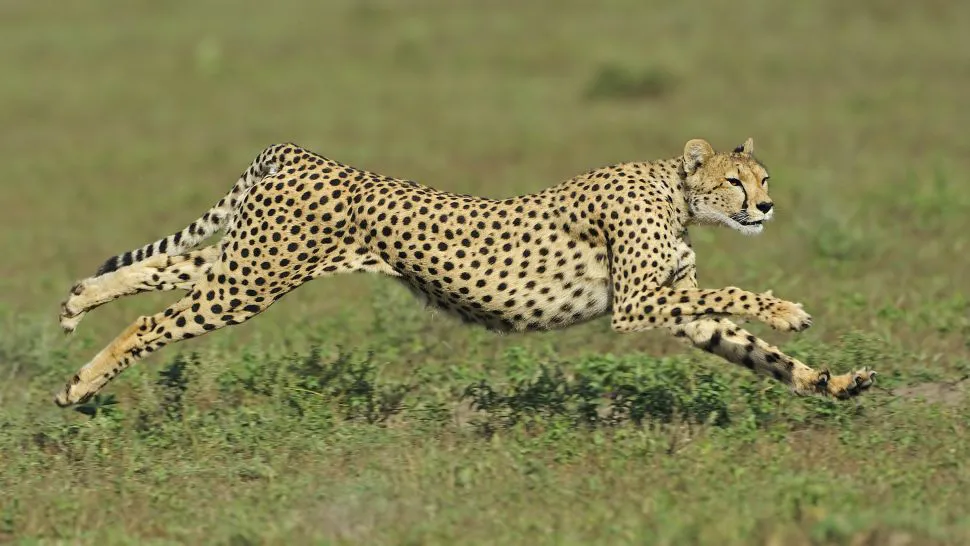
3. Sailfish: Speed of 110 km/h (68 mph)
The sailfish (Istiophorus) is known as the fastest fish in the ocean, with speeds that can exceed 110 km/h (68 mph). The ability to swim fast helps sailfish hunt effectively and move agilely in the aquatic environment.
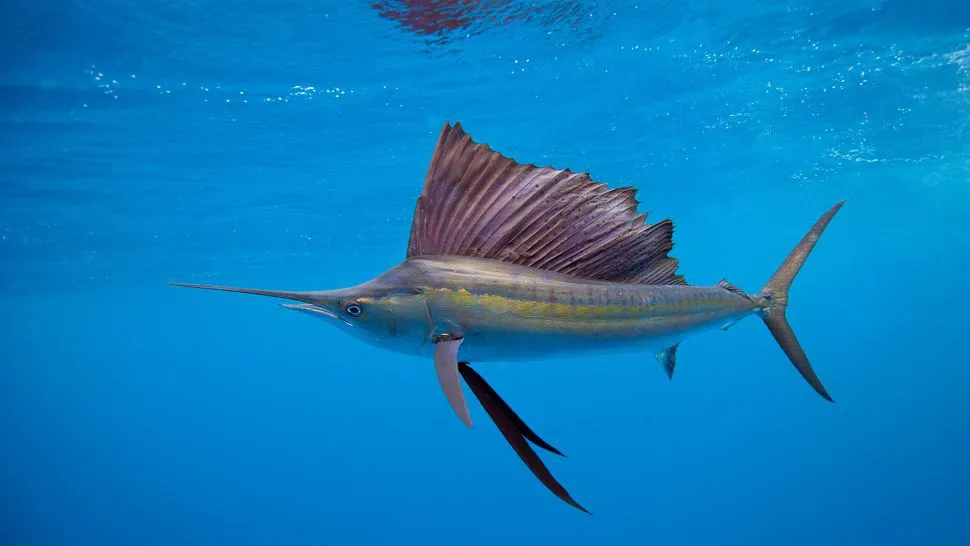
4. Swordfish: Speed of 100 km/h (62 mph)
The swordfish (Xiphias gladius) is also a strong contender for the title of fastest swimming animal. The maximum speed of swordfish is estimated at about 100 km/h (62 mph). They use their streamlined body and distinctive “sword” to reduce water resistance, helping to increase swimming efficiency.
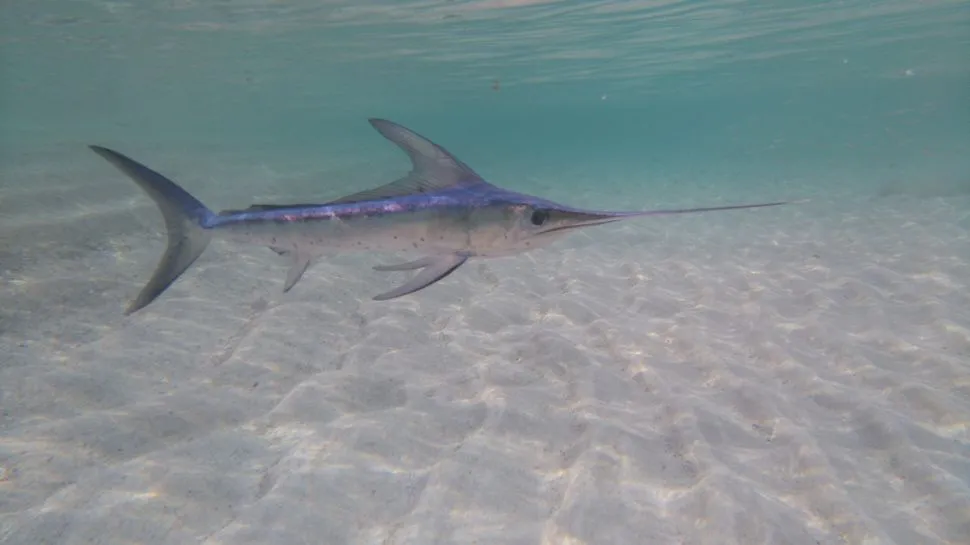
5. Dall’s Porpoise: Speed of 54 km/h (34 mph)
The Dall’s porpoise (Phocoenoides dalli) can glide through the water at speeds of up to 54 km/h (34 mph). This porpoise species lives in the cold waters of the North Pacific.
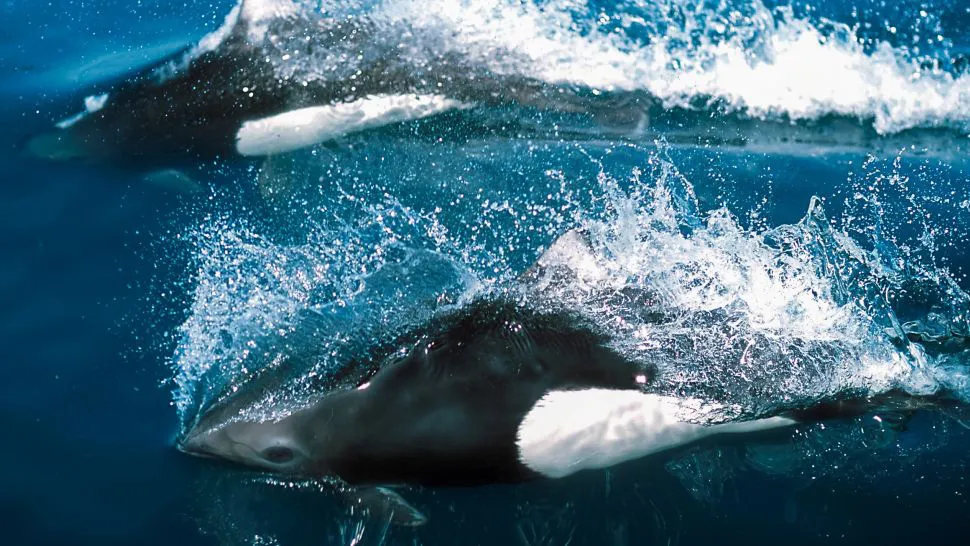
6. Brazilian Free-tailed Bat: Speed of 160 km/h (99 mph)
The Brazilian free-tailed bat (Tadarida brasiliensis) is the fastest recorded flying mammal, with speeds of up to 160 km/h (99 mph). Surprisingly, these bats are very small, weighing only about 11-12 grams.
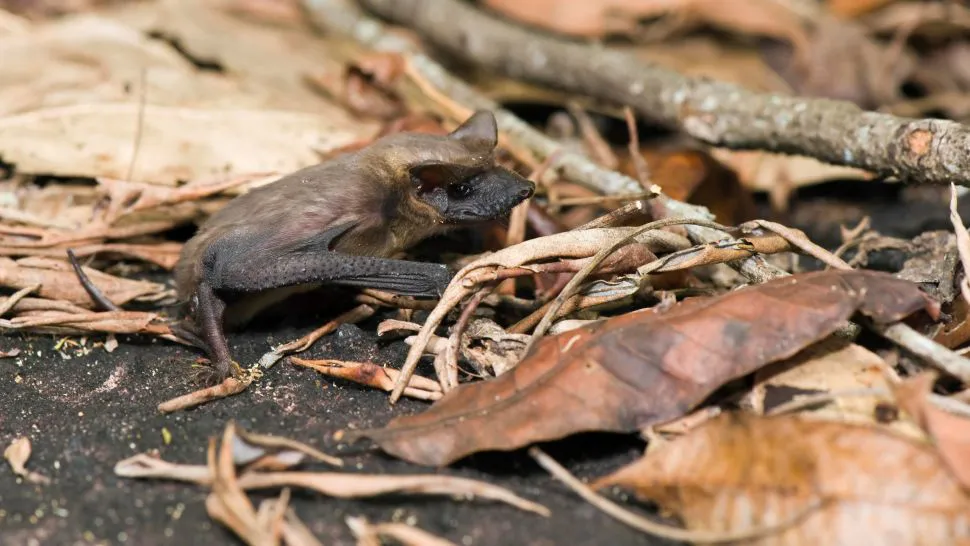
7. Golden Eagle: Speed of 322 km/h (200 mph) (diving)
The golden eagle (Aquila chrysaetos) is one of the largest birds of prey in North America. Despite their large size, they can still fly very fast, especially when diving from high altitudes to hunt prey. The diving speed of golden eagles can reach nearly 322 km/h (200 mph).
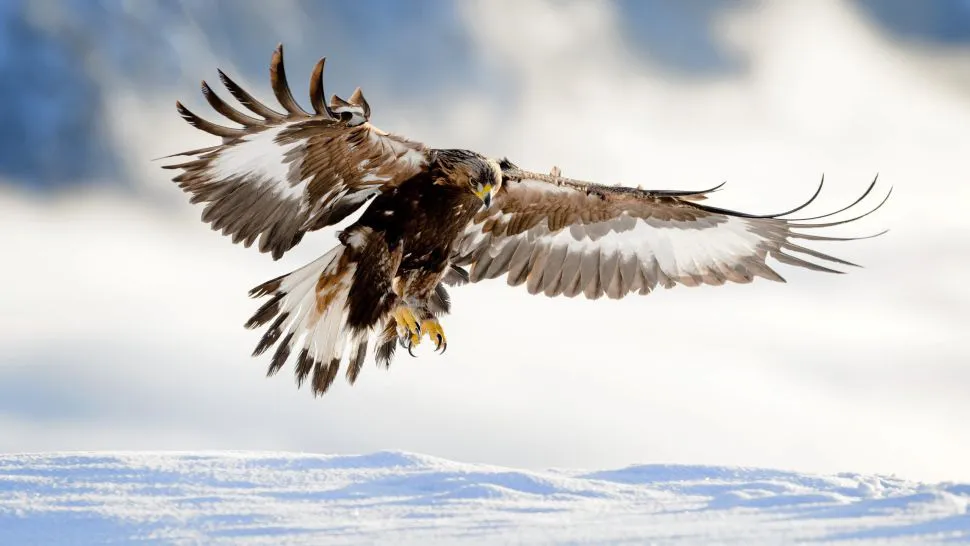
8. Peregrine Falcon: Speed of 354 km/h (220 mph) (diving)
The peregrine falcon (Falco peregrinus) holds the record for the fastest animal on the planet. When diving from high altitudes to hunt other birds, they can reach incredible speeds of up to 354 km/h (220 mph). The normal flight speed of peregrine falcons is also very impressive, from 64 to 97 km/h (40 to 60 mph).
Conclusion
The Wyoming pronghorn is not only a symbol of speed in the North American wilderness but also a testament to the wonders of evolution and the remarkable adaptability of animals to their living environments. Hopefully, this article has provided you with useful and interesting information about this unique animal, as well as opened the door to explore the surprising world of speed in the animal kingdom. If you have the opportunity, come to Wyoming to witness the beauty and speed of the pronghorn firsthand, you are sure to have unforgettable experiences.